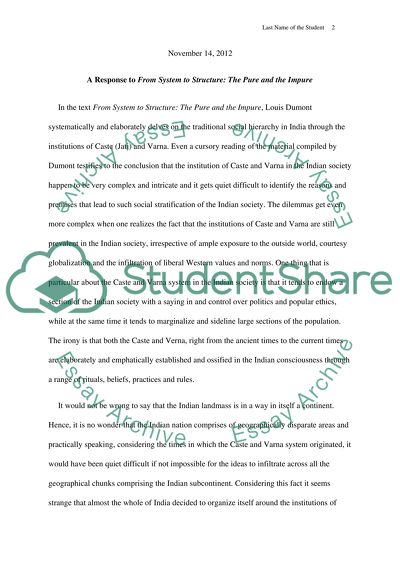Cite this document
(“From System to Structure: The Pure and the Impure Book Report/Review”, n.d.)
From System to Structure: The Pure and the Impure Book Report/Review. Retrieved from https://studentshare.org/literature/1607140-from-system-to-structure-the-pure-and-the-impure
From System to Structure: The Pure and the Impure Book Report/Review. Retrieved from https://studentshare.org/literature/1607140-from-system-to-structure-the-pure-and-the-impure
(From System to Structure: The Pure and the Impure Book Report/Review)
From System to Structure: The Pure and the Impure Book Report/Review. https://studentshare.org/literature/1607140-from-system-to-structure-the-pure-and-the-impure.
From System to Structure: The Pure and the Impure Book Report/Review. https://studentshare.org/literature/1607140-from-system-to-structure-the-pure-and-the-impure.
“From System to Structure: The Pure and the Impure Book Report/Review”, n.d. https://studentshare.org/literature/1607140-from-system-to-structure-the-pure-and-the-impure.


